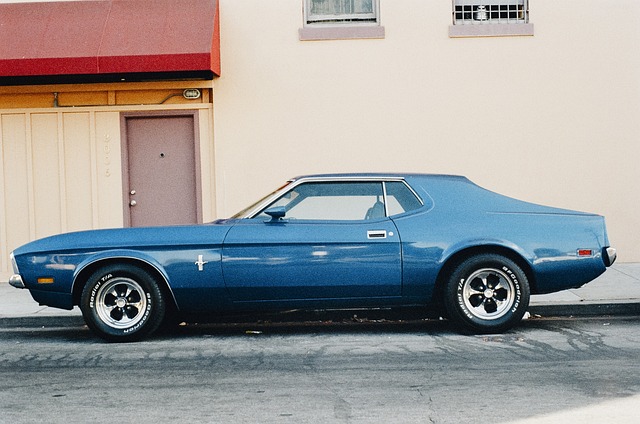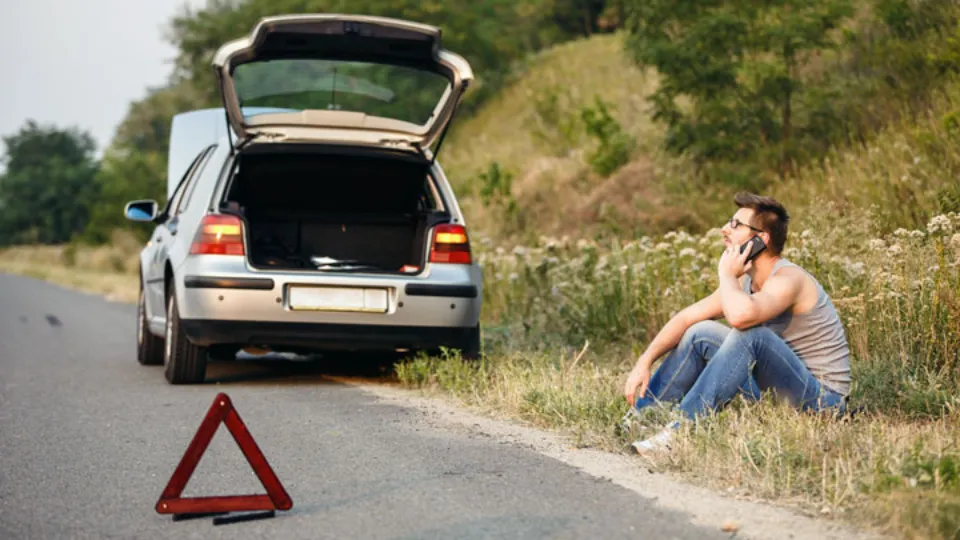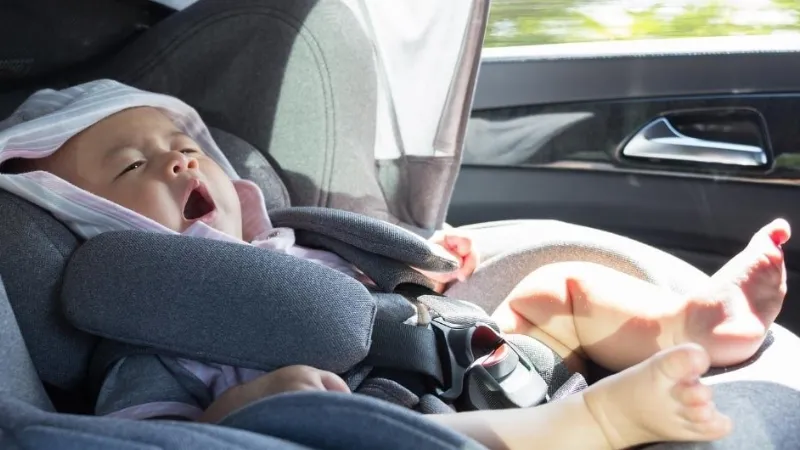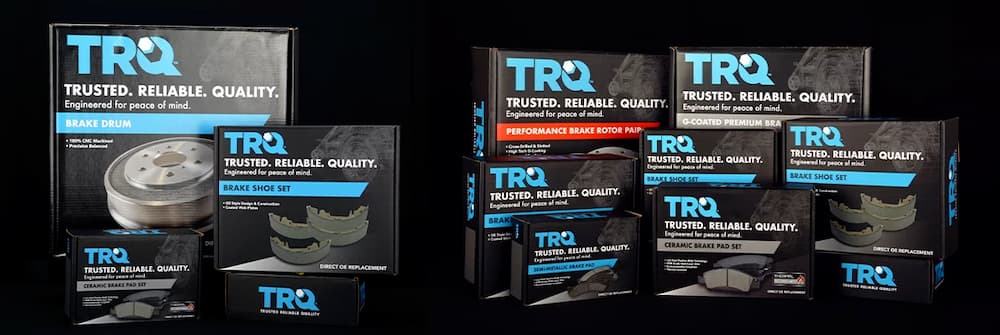You may be able to get a car back after repossession by paying off the loan, catching up on missed payments, bidding on the car at a public auction, renegotiating with your lender, filing for bankruptcy or talking to an Attorney. Below will show you how to get your car back after repossession and essential things you should keep in mind.
Your credit may suffer if your car is repossessed, and you may be left without transportation. You might feel as though your car has been lost forever if it has been repossessed. However, in some circumstances, getting it back is a possibility, so it’s not always the case. However, doing it might just require a little time and money.
Table of Contents
Can You Get Your Car Back After a Repossession?
Yes, you can get your car back after a repossession in most states. Although there are other options you can try, which we cover in the section below, contacting your lender and asking to reinstate your auto loan is the simplest way to do this.
You’ll have to take action quickly, though. You frequently have a short window of time to retrieve a repossessed vehicle before your lender sells it.
For instance, if you don’t make plans to repay part or all of your loan within 20 days in Massachusetts, your creditor may sell your car.
How to Get Your Car Back After Repossession?
Reinstate the Loan
Reestablishing the loan is a choice you might make if you lack the funds to redeem. With reinstatement, you bring the loan current by paying off all past due balances in full, along with any applicable late fees and charges.
Only certain (not all) states or the terms of your loan agreement permit the reinstatement right. If you can reinstate, you should do so right away. You typically have just a brief window of time following the repossession (sometimes 15 days) to reinstate the loan. The time period may be longer or shorter depending on what the loan agreement states if your right to reinstatement is based on it.
Redeem Your Loan
Paying off the loan is the surest way to get the car back. Utilizing your right of redemption is what it means to do this. You must repay the entire amount of the loan as well as some fees and expenses, like repossession and storage costs, in order to redeem the loan.
Prior to the private sale or auction, you can always redeem the car. The bank is required to send you a written notice with the necessary redemption instructions. Within five days of the repossession, if you haven’t received that notice, get in touch with the creditor right away to find out the payoff amount and redemption instructions. When the car is sold, your redemption option expires.
Buy Back Your Car at Auction
Your lender may keep the car as payment for your debt or sell it to recoup its losses if neither of these alternatives works for you.
In some states, your lender is required to inform you of its plans. If the lender intends to offer the repossessed vehicle at a public auction, it might be required to notify you of the date, time, and location so you can attend and place a bid on the vehicle. The lender might have to reveal the date of the transaction in the case of a private sale.
Renegotiate With Your Lender / Talk to the Bank
You might still be able to work out a deal with your lender if you are unable to manage the original terms of your auto loan. If you missed four payments but can only afford to make three, for instance, you can inquire about the possibility of making up the other overdue payment later. Additionally, you might consider requesting a new payment schedule or refinancing the auto loan.
Before your car is repossessed, taking this option is much more practical, but it may still be effective after that. Lenders will likely want to work with you to come to an agreement if they believe that your car won’t sell for much money and that they will have a hard time making up their loan losses.
File for Bankruptcy
If you declare bankruptcy before your car is sold, you might also be able to get it back.
When you file for bankruptcy, it results in an order called an “automatic stay,” which means that most creditors have to stop trying to collect any money from you. As such, they’re not allowed to do the following:
- (If they haven’t already) reclaim possession of your vehicle.
- If they’ve already taken possession of your vehicle, sell it.
The automatic stay will temporarily stop them from proceeding with the repossession, but it is not a long-term fix because they can still take you to court to challenge it. The laws in your locality and state, as well as the type of bankruptcy you file (chapter 7 or chapter 13), will all have an impact on your options and prospects for keeping your car.
In order to ensure that filing for bankruptcy will actually enable you to keep your car, you should first speak with a lawyer. Bankruptcy is an extreme measure, so if you’re considering it, do so before proceeding.
Talk to An Attorney
Consider speaking to a lawyer if you require assistance getting your car back after a repossession or if you believe the bank broke the law during the repossession.

The Cost of Getting Your Car Repossessed
Whether the lender sells your car and how much it makes from the sale determine how much you must pay after a repossession.
You might be responsible for the difference if your lender sells your car for less than what you owe on it. This is known as the “deficiency balance,” and it includes the remaining loan balance, missed payments, interest and any repossession fees. For instance, if you owe $5,000 on a car loan but only $7,000 on it, you would be responsible for paying the $2,000 difference as well as any loan fees you may still owe.
If the lender sells the car for way less than its fair market value, this could be a sign that the sale wasn’t done in a “commercially reasonable manner,” and you may be able to dispute the high deficiency balance in court. On the other hand, you are entitled to the surplus if the lender sells your car for more money than you owe on your loan, plus any costs associated with the repossession.
If you are unable to pay the deficiency balance, your financial situation may deteriorate. The lender may decide to cancel the debt or transfer it to a collection agency, which will get in touch with you to collect the debt. Your credit may be harmed if your credit reports reflect both the collection account and the repossession. The worst-case scenario is that the auto lender or collection agency files a lawsuit against you to recover the debt.
Can You Get You Personal Property Back After a Repossession?
In most states, the company responsible for the car’s repossession must permit you to retrieve anything you left inside; however, you’ll need to schedule a time that works for the company.
Check your state’s laws first, and then ask the repo company or your lender any questions you may have about the procedure. In some states, the company may charge you a “reasonable” storage fee, but the If the lender or repossession business requests payment in exchange for returning your personal items, the Consumer Financial Protection Bureau advises getting legal counsel.
Making a list of the items in your car and assigning estimated values is a smart idea. Make sure everything is there when you pick up your items, and look for any damage.
It’s also worth noting that a repossession agent can’t commit a “breach of the peace” when taking your car. The company responsible for the repossession may be required to pay a fine or fairly compensate you for your property if, for instance, the garage door was closed at the time of the seizure and the company forced it open, causing damage to the door.
Read about How Many Car Payments Can You Miss Before Repossession?
Do You Still Owe Your Lender If You Don’t Get Your Car Back?
You would anticipate the benefit of not owing your lender any money if you are unable to get your car back to be the silver lining. Unfortunately, this isn’t always the case. Your car’s sale price will determine this.
Consider the scenario where the value of your debt is greater than the price of your car. In this situation, the remaining amount (referred to as the deficiency balance) must still be paid to your lender. If you owe $10,000 on a car, for instance, and your lender sells it for $8,000, the deficiency balance is $2,000, plus any other fees that are subject to the contract that you owe.
If you don’t pay, your lender may sue you to obtain a court order requiring you to pay the debt.
Prevent a Repossession is Key
There are some precautions you can take if your car hasn’t been repossessed but is in danger of being so. If you believe you’re going to be late on a car payment, contact the lender right away.
You might be able to explain your situation to your lender, get a modified loan program, or even pause the payments, if you get in touch with them. Refinancing the auto loan through a different lender is an additional choice. By doing this, you’ll replace the current loan with a new one that might have lower and more manageable monthly payments.
In either case, it is advantageous to make timely loan payments in order to maintain ownership of your vehicle. There are ways to get the car back if the unavoidable occurs, but ultimately a repossession can hurt your credit and daily life.
Next Steps After a Car Repossession
After your car is repossessed, it’s critical to understand your legal options. If you have questions about your rights or your state’s consumer protection laws, reach out to your state attorney general, state consumer protection office, a local legal services office or a private attorney.
You might feel helpless during the challenging repossession process. Consider taking action by concentrating on credit repair. Your credit scores may decrease as a result of a repossession, which can appear on your credit reports for up to seven years. But making on-time payments, paying down debt and limiting the number of new credit accounts that you open are some of the things you can do to build up your credit.










